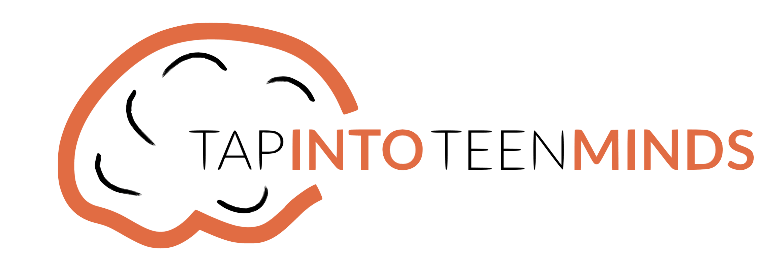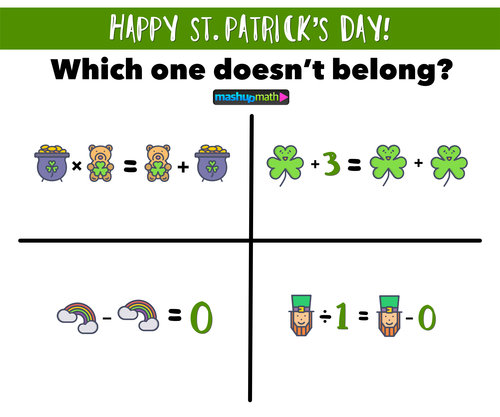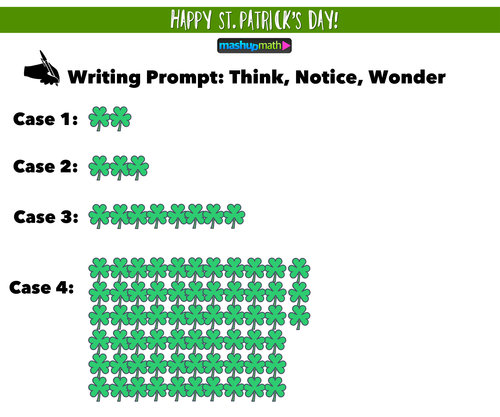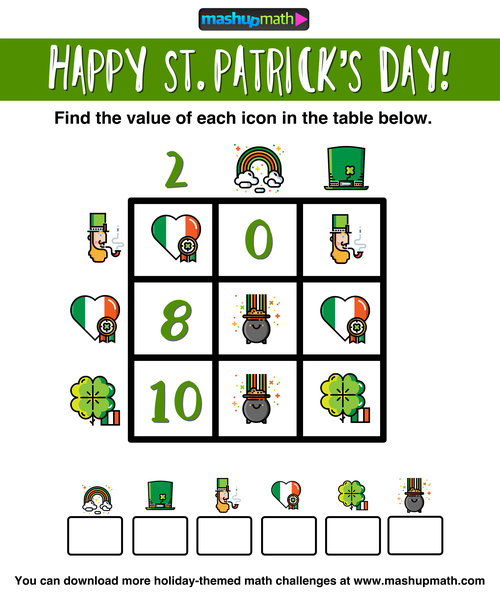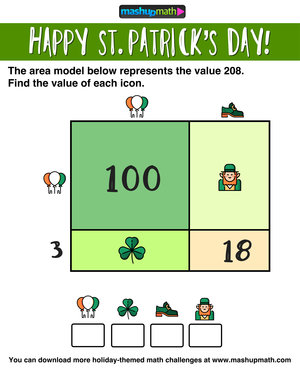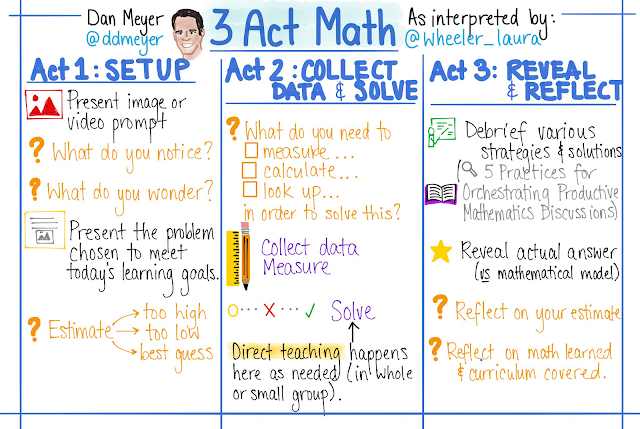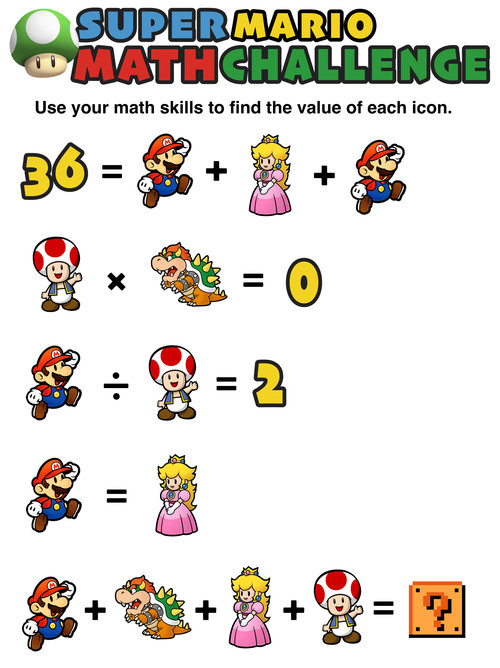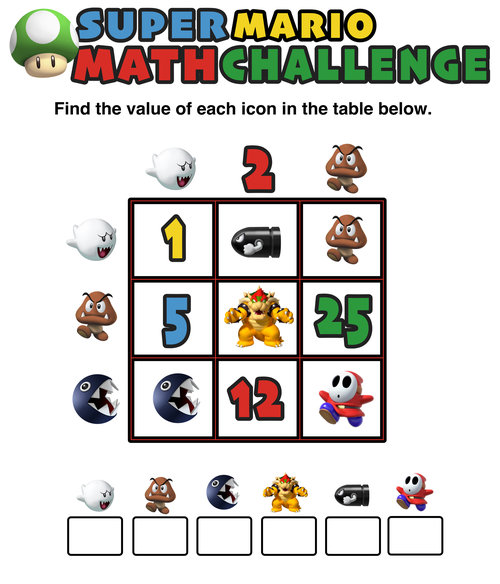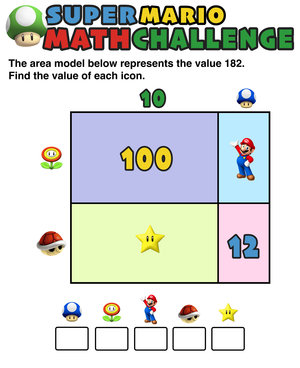
Tuesday 20 November 2018
Estimation ideas
Check out https://www.stevewyborney.com/?p=1744 for some cool estimation slides prepared in powerpoint!.


NEW* Get your kids talking about math!
Same but different is a new website you need to check out! For early years all the way to junior high kids. https://www.samebutdifferentmath.com/
See samples below:
How are these two images the same but different?
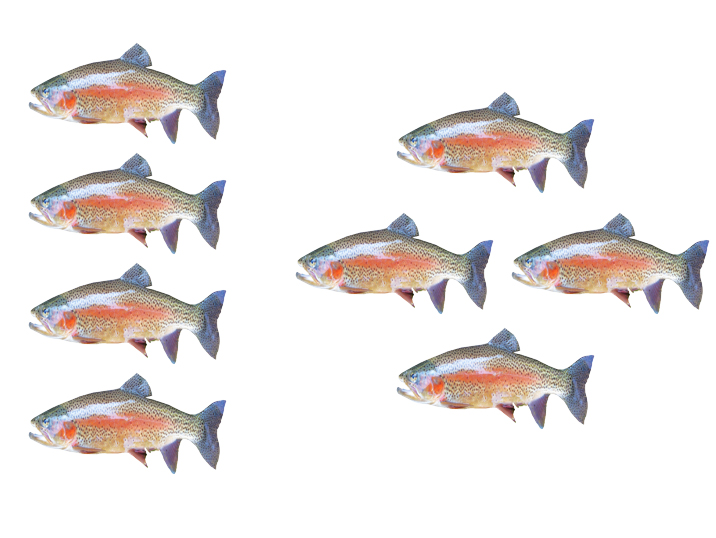
How are these two images the same but different?
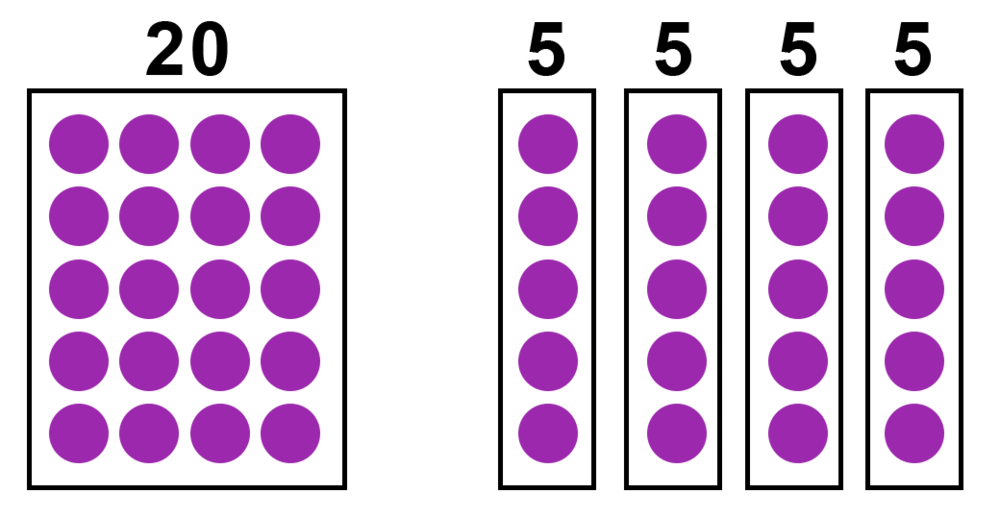
How are these two images the same but different?
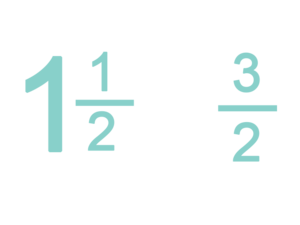
Check out the website there are tons of ideas!
See samples below:
How are these two images the same but different?

How are these two images the same but different?

How are these two images the same but different?

Check out the website there are tons of ideas!
3 Act Math Lessons Tip Sheet!
Wednesday 9 May 2018
Tuesday 8 May 2018
Great web site to check out!
http://mathies.ca/index.html
This site is designed for Ontario K-12
students, educators and parents/guardians.
There are games,tools, activities and home support links.
This site is designed for Ontario K-12
students, educators and parents/guardians.
There are games,tools, activities and home support links.
Friday 4 May 2018
Wednesday 2 May 2018
May the fourth be with you....
Star Wars fans - here are some puzzles for May the 4th.



Remember that WODB? activities are meant to spark mathematical thinking and discussion and do not have a single correct answer.




Remember that WODB? activities are meant to spark mathematical thinking and discussion and do not have a single correct answer.

Monday 23 April 2018
Estimation Clipboard - New visual to practice estimation!
The Estimation Clipboard is from Steve Wyborney, the same one who created the SPLAT series and the Interactive Hundred Chart.
This is a great warm-up activity to start your math class and work on students estimation skills. When you download the set, it is in powerpoint and is so easy to use.
Here are the tips from Steve:
Check it out more information below:
http://www.stevewyborney.com/?p=1483
This is a great warm-up activity to start your math class and work on students estimation skills. When you download the set, it is in powerpoint and is so easy to use.
Here are the tips from Steve:
Check it out more information below:
http://www.stevewyborney.com/?p=1483
Thursday 19 April 2018
Puzzle Link
I have gathered some puzzles both holiday and everyday themed puzzles for those first few minutes of math class. These are mostly for grades 4 and up and they are great for building number sense and getting students talking about what them did to solve! Click the link on the side of this page under pages - puzzle ideas.




 Check out these NEW puzzles for older students:
Check out these NEW puzzles for older students:





**NEW**
Wednesday 7 March 2018
Tuesday 27 February 2018
Another Routine to Build Number Sense - Count Around the Circle
I just read the book Build Mathematic Understanding Every Day in Grades 3-5 by Jessica Shumway. In her book Jessica has shared some routines to incorporate into your daily routine in grades 3-5, I would say some of them would also work with grades 7 & 8. Her book is available from Stenhouse Publisher.
The routine I found most powerful was one called Count Around the Circle. In this routine students are in a circle and count from a certain number by a certain amount. It is important to note, Jessica suggests starting with an easy count to set up the routine. For example counting by 1's, 5's or 10's and starting with 0. So the first person counting by 5's from 0 would say 5, then next 10 and so on.
Some things she calls "expectations":
The routine I found most powerful was one called Count Around the Circle. In this routine students are in a circle and count from a certain number by a certain amount. It is important to note, Jessica suggests starting with an easy count to set up the routine. For example counting by 1's, 5's or 10's and starting with 0. So the first person counting by 5's from 0 would say 5, then next 10 and so on.
Some things she calls "expectations":
- Everyone listens and keeps track in their head.
- Give think time for people who need it (don't give them the answer) Student can ask for help if they feel they can't get it after some think time. She suggests choral counting circles if there are issues.
The book has tons of examples and ideas for counting around the circle - check it out here
Monday 26 February 2018
Using Puzzles for Problem Solving and Mental Math Practice
A fun, easy and quick way to practice problem solving or mental math is to use puzzles, I created a page where I keep adding puzzles - here are a couple samples:



Click on the puzzle to take you to the other puzzles.
Problem Solving using 3 Acts
What are 3 act math tasks? I describe them as flipping the way we do math problem solving, but there is also an estimation portion that is very powerful. My description of each act follows.
Act 1 - students view an image or short video where they are asked what they notice, they record and then they share with a partner. Teacher can also ask for a few ideas to record as well. Then they watch the video again this time they are asked what they wonder or any questions they have about the video. In this section we "guide" the students to the "main question" that we are going to try to solve. After the main question is decided, the students make an estimate, before sharing their estimates, I suggest having the discussion about what is a too low of an estimate and what is a too high of an estimate. Then students share their estimates and record on a number line the low/high estimate and where their estimate would go.
Act 2 - Students are then asked what information would they need to be able to solve our main question. Then the missing or unknown variables are given. The students/teacher work on planning how to solve. This may be where the teacher does a mini-lesson to remind or guide students.
Act 3 - Solve the problem and interpret the results. Students record how they solve and then share with each other the strategy they used. The answer is then revealed.
Here is a simple explanation in a 3 minute video.
There is also a 11 minute video from Dan Meyer about Math Class Needs a Makeover.
This next powerful video is a 1 hour webinar with Graham Fletchy who describes why you need 3 act math and how to use them in your class. Here is the website it is from:Why you need to use 3 act math in your class
There are lots of 3 act math tasks already made for you, go to gfletchy.com
If you're in Rolling River School Division and you want me to model a 3 act math task in your room, please contact me!
NEW Search engine to look for problems: click here
Sunday 25 February 2018
Interactive 100 Chart - The Maze 100 Chart
If you are looking for another problem solving activity with your students head over to this web site where you can learn more about it and download one for your use!
100 Chart
100 Chart
Provincial Assessments
A general reminder - the assessments are meant to guide your instruction. They are a formative assessment being reported to the government and then should be used to plan for next steps. Also the assessments should not be a formal test or something you "do" to the kids in October or January. Assessment for reporting should be ongoing and authentic.
I have created a couple of documents to help those teachers with the grade 3 and grade 7 provincial assessments.
Grade 3 - smart notebook file click here
Grade 3 assessment package for using smart notebook click here
Focused observation sheets are in the assessment package.
Manitoba support document for grade 3 click here
Grade 7 - assessment ideas click here
Manitoba support document for grade 7 click here
I have created a couple of documents to help those teachers with the grade 3 and grade 7 provincial assessments.
Grade 3 - smart notebook file click here
Grade 3 assessment package for using smart notebook click here
Focused observation sheets are in the assessment package.
Manitoba support document for grade 3 click here
Grade 7 - assessment ideas click here
Manitoba support document for grade 7 click here
Wednesday 21 February 2018
Subscribe to:
Posts (Atom)
-
I came across another couple of amazing web sites for ideas to build number sense. So I am calling them Number Talks as well - the best use ...
-
If you are looking for another problem solving activity with your students head over to this web site where you can learn more about it and ...
Number Rocks - math videos Grades K-8! https://numberock.com/video-library/

